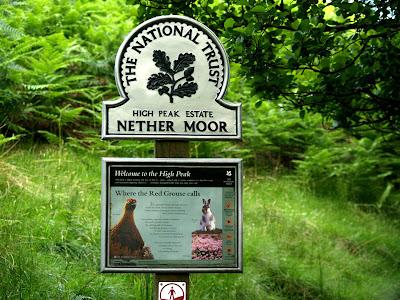This blog may help people explore some of the 'hidden' issues involved in certain media treatments of environmental and scientific issues. Using personal digital images, it's also intended to emphasise seasonal (and other) changes in natural history of the Swansea (South Wales) area. The material should help participants in field-based modules and people generally interested in the natural world. The views are wholly those of the author.
Friday, 22 April 2022
Not in the 30%?
The UK is a strong supporter of the view that 30% of the globe's land and sea, must be designated 'protected areas', to maintain our natural world. Twenty-eight percent of the UK's land surface is currently allocated to National Parks and Areas of Outstanding Natural Beauty (AONBs). That seems quite close to the 30% figure? A British Ecological Society report concludes, however, that National Parks should not be considered 'protected areas' (https://www.theguardian.com/environment/2022/apr/22/uk-national-parks-deliver-negligible-benefits-for-wildlife-aoe). The British Ecological Society report suggests that National Parks, could only be considered 'protected areas', if the way they look after wildlife radically improves. The report notes that only a minority of National Parks are currently in a good ecological condition. National Parks and AONBs certainly could support higher species richness (maintaining balanced diversity in their animal, plant and fungal communities). These areas appear, however, to be largely managed for the benefit of humans. These criticisms apply, to an even greater extent, to the AONBs. To hit the required 30% figure, the UK is either a) going to have to drastically change management within its National Parks and AONBs or b) find another 30% of land, to reach its 'protected area' quota.
Subscribe to:
Post Comments (Atom)
-
I n the UK and US, a pparently popular and successful vegan/vegetarian restaurants are reportedly closing or adding meat to their menus ( ...
-
Early ripening fruit may seem convenient but some folk think it confirms environmental stress. There's also a possibility th...


%20mating%20NWCW.jpg)


No comments:
Post a Comment